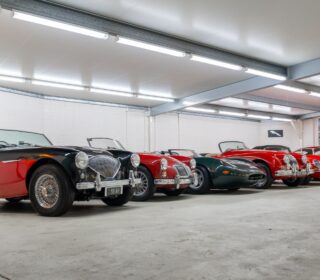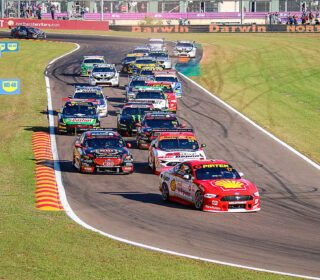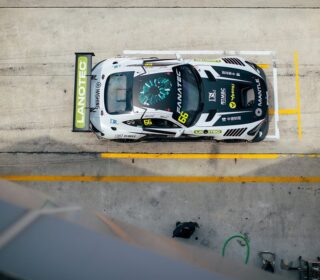Breaking down the S5000 announcement

THERE’S a lot to break down from this morning’s announcement that – finally – Australia will get a new top-level open wheel category from 2019.
What is now known as S5000 has had a long and often troubled gestation but thanks to the relentless persistence of those involved, coupled with unquestionably a serious amount of compromise from all parties, it’s now a goer.
So, what to make of it all?
| Read the full announcement from S5000 here.
The most obvious initial change from what we already knew is in the chassis.
The Race Torque understands that delays in signing off the category came from both CAMS and the FIA requiring that the cars have some form of driver head protection – in this case, the oft-maligned Halo that was introduced into Formula One and Formula Two this year.
It is for this reason that what was understood to be the preferred chassis – the Formula Nippon-derived Swift introduced by Chris Lambden and his Formula Thunder 5000 concept some time ago – was ultimately canned.
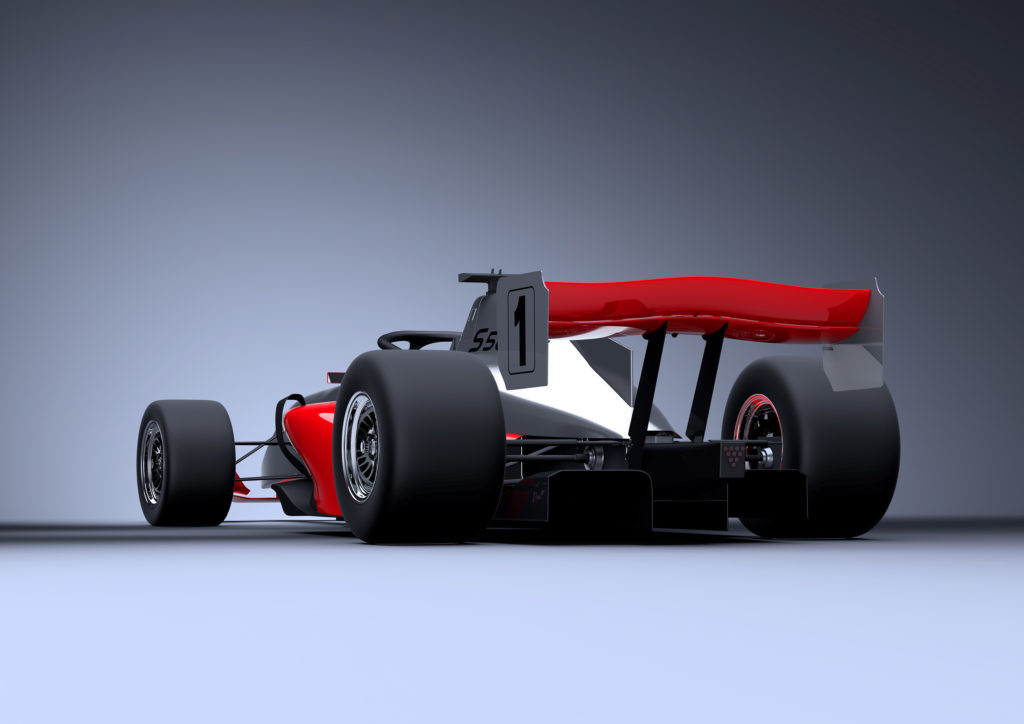
That car, initially developed in the late 2000s, would not support such a head protection system and the governing bodies were unwilling to back-flip on their current safety stance, even for a domestic category. Which is fair enough.
Ironically, there aren’t that many options for a decent sized yet affordable ‘big’ open wheel tub that can take 550-hp V8s. Costs rule out using Dallara’s GP3, GP2, SuperFormula or IndyLights chassis and there wouldn’t be enough demand to justify the costs of a bespoke car.
So going to Onroak, who operate their successful business with the iconic French Ligier brand, seems a good fit.
The chassis selected is one of several homologated by the FIA for their new Regional Formula 3 concept and has already been put into action in the United States.
Renders released by ARG suggest they have carried over at least the existing rear wing from the FT5000 concept, continuing their quest to provide a car with the emphasis not on downforce but on producing good racing and a challenging driving environment.
While people will debate the Halo until the proverbial cow walks in the door, it’s now a fact of open wheel racing and if that’s the sacrifice we need to make to have the category in the first place, then I can live with it.
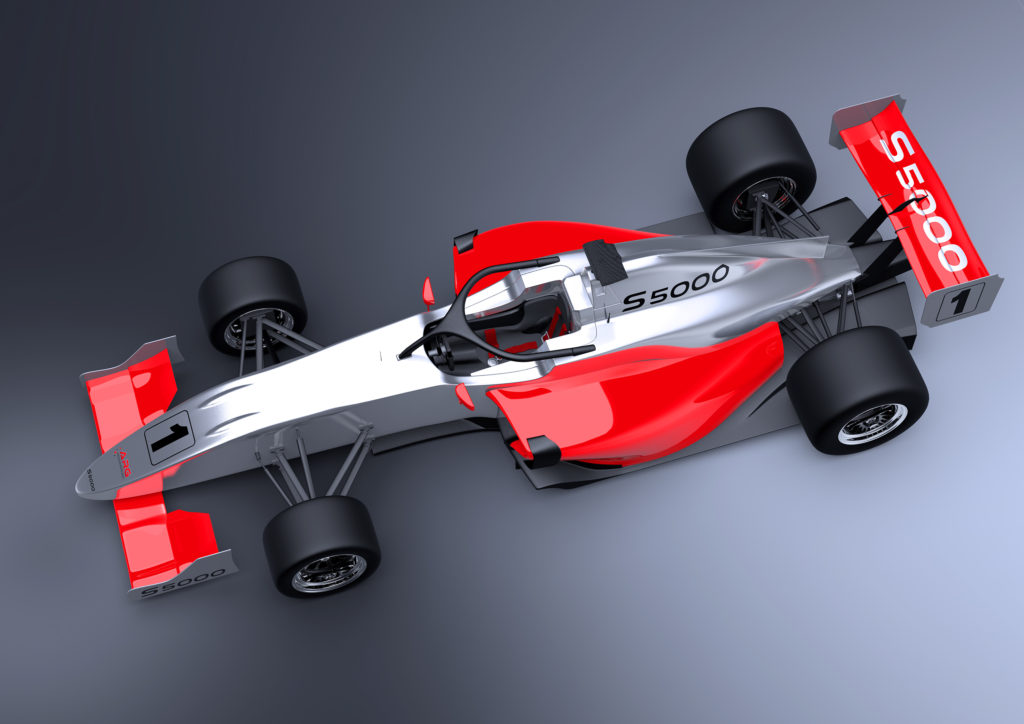
What’s more, I also suspect it’s going to be something of an animal of a car.
The Onroak / Ligier chassis was developed with 300BHP, two-litre turbo engines in mind and not the 550hp Ford engine S5000 will run.
There’s no doubt the chassis can cope or they wouldn’t have selected it, but the ‘smaller car, big horsepower’ theory is a tantalizing one.
Engine dominating areo is unquestionably a key driver in the category and the selection of the Onroak / Ligier chassis should look after that. It bodes well for the on-track product and in the end that’s going to be the number one driver in making the category a success.
A light car with lots of grunt, fat tyres and minimal aero will be sensational to watch.
Next, it’s pleasing that the engine and driveline combination from the FT5000 car has been retained.
The idea that Supercars engines – which would require a six figure outlay – was never going to fly in this cost conscious world, so the durable and cheap Coyote engine and a probably unbreakable Hollinger drive-train makes economic sense. Box ticked and there’s not much more to say.
Question number three revolves around demand, and it’s here where we need to be realistic.
We tend to look back on the history of Aussie open-wheel racing with rose-coloured glasses, remembering the great names and races rather than the size of the grids involved.
The bottom line is, wings ‘n slicks racing in Australia has never attracted large grids.
Go back to the genesis of Formula Holden and through Formula 3 in its strongest years and you struggle to find an average grid number higher than 15 cars across any of the last 25 years or so.
The average number of different point scorers across 57 years of CAMS Gold Star competition – from Formula 5000 to Formula 3 and everything before and in between – was 19.1. That number includes plenty of one-off drivers each year.
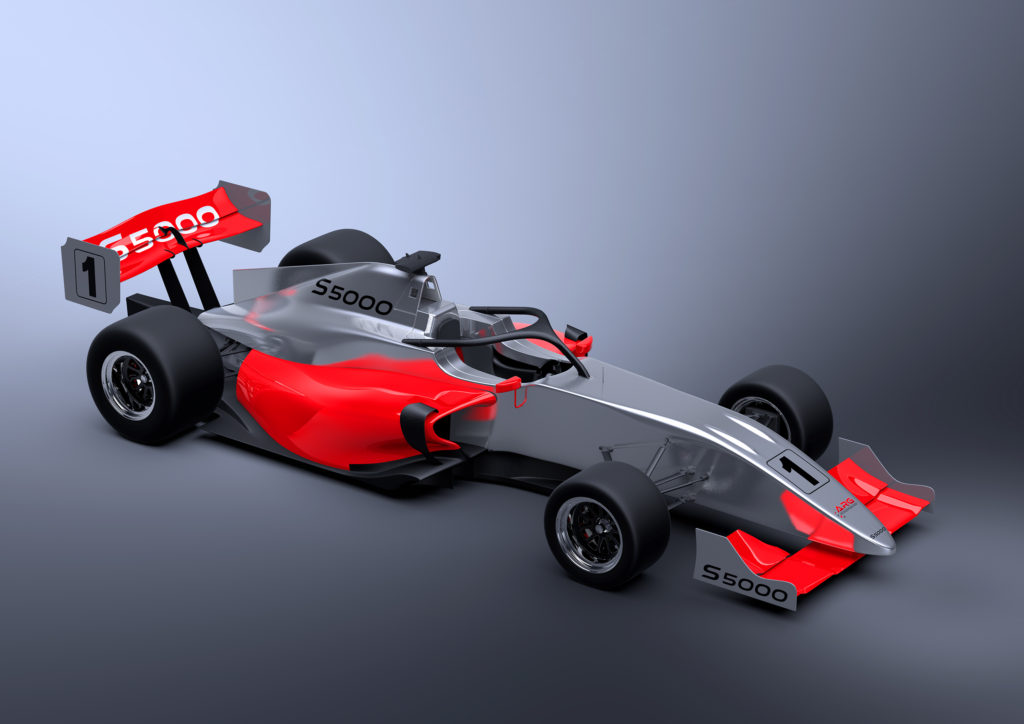
So this will be a case of managing expectations: As wonderful as our domestic ‘proper’ open wheel heritage is, in reality the grids have never been that great and if they can get 14-16 cars it will be a good effort and more than enough to put on a show.
It will be more than fascinating to see if this can draw on NZ and Asia to attract entries, which may well be they key to getting some commercial viability into the class. These days if you don’t have at least 15 cars it become borderline uneconomical to compete at the national level without serious amounts of underpinning going on from cashed up category owners.
But if they can tap into NZ – which was in the centre of Chris Lambden’s initial Formula Thunder concept – and South East Asia they should be in the money.
The other question is, where does it sit within the context of the Sport? And is the market big enough to sustain it?
Is it a category where juniors can learn before going overseas, or is it a gentleman racer playground? Or, is it both?
Will it be a ladder to Indy Car for young drivers from this region (and, thus, have the all important Super License points attached) or will it focus on people doing it for a laugh.. basically, the GT market.
Or can it be both – a Carrera Cup for open wheel racing? Working out where it sits in the crowded market will unquestionably be a challenge but it should be something that happens organically when the first people start buying cars.
Finally, CAMS must, and we’ll emphasize this – MUST – bring back the Australian Drivers Championship and Gold Star title and award it to this category.
From 1957 to 2014 the Gold Star was awarded to the winning driver of Australia’s premier open wheel category and S5000 fits the box for a return of the award.
S5000 has retro links to the old days of high-powered, low downforce open wheel cars that filled they so-called Heyday of the sport so bringing back what used to be one of the most iconic and prestigious awards in the sport is a logical step.
You know it makes sense.
WORDS: Richard Craill
IMAGES: S5000



